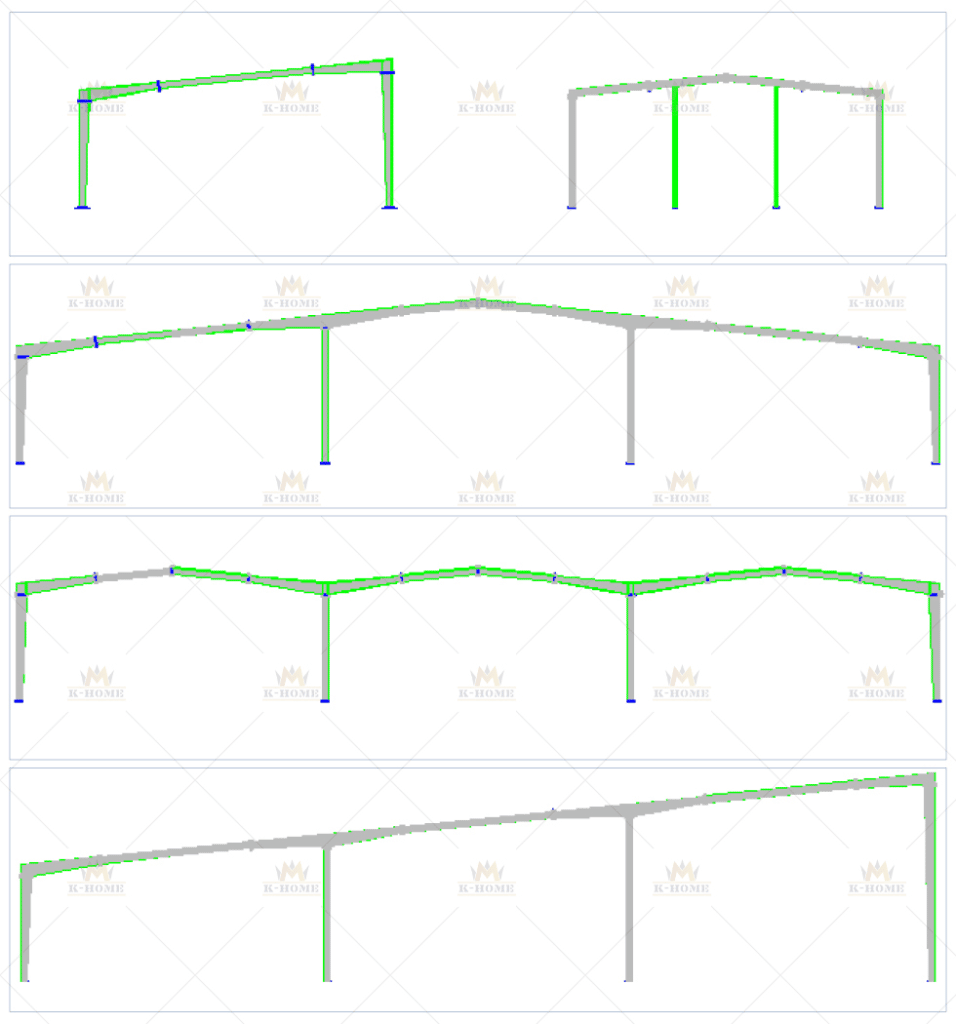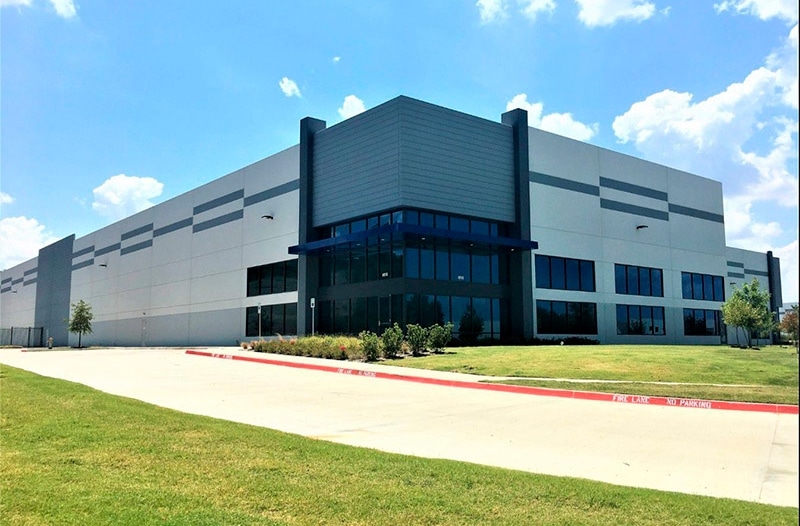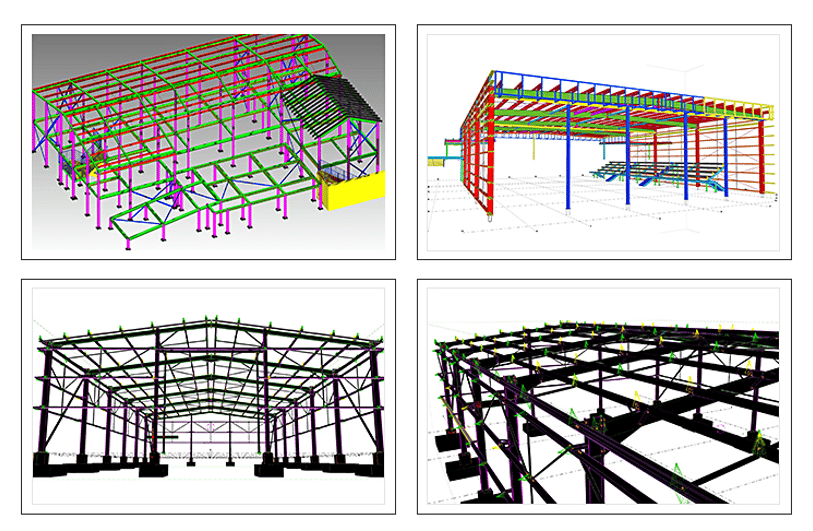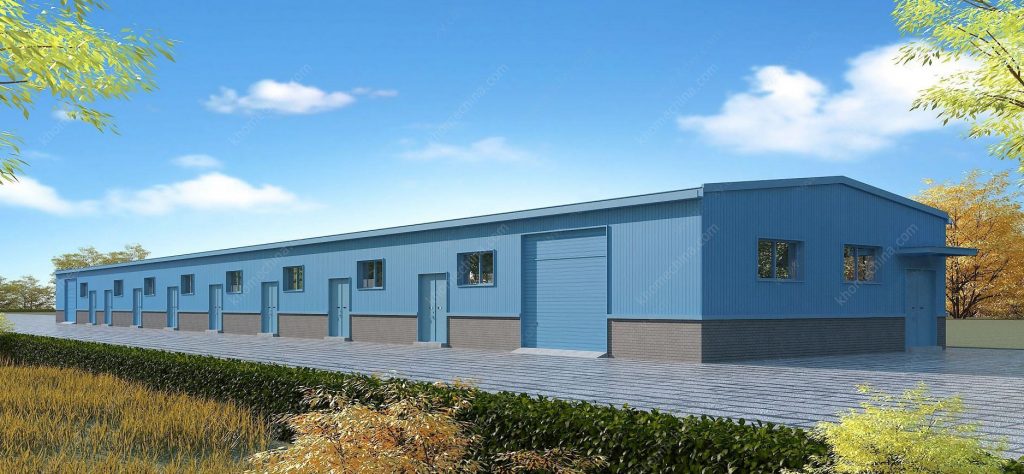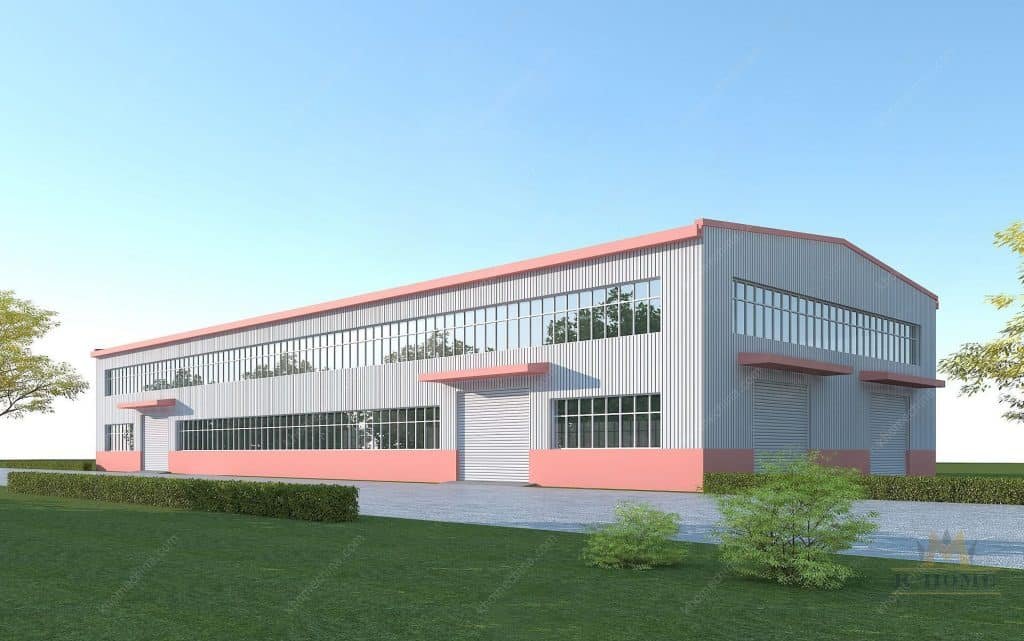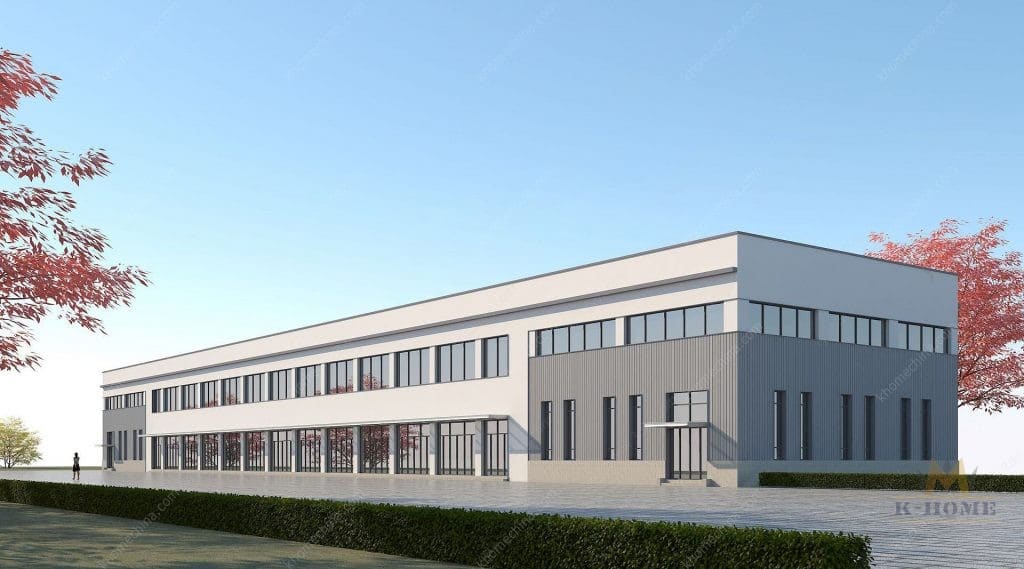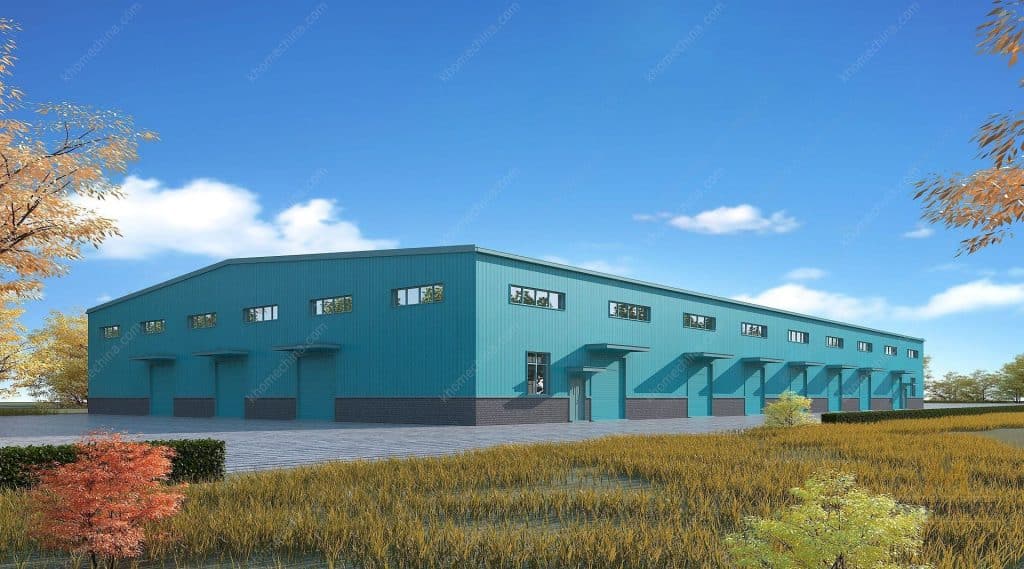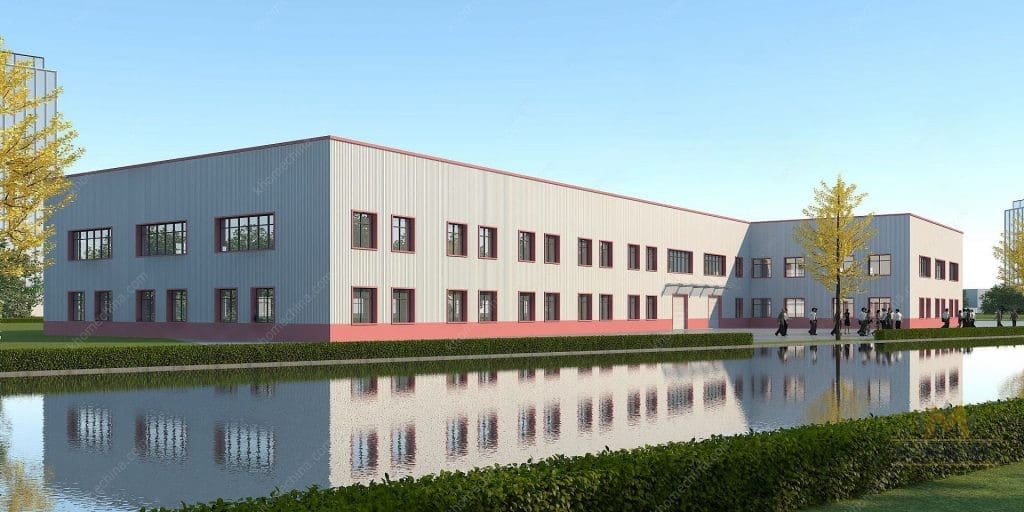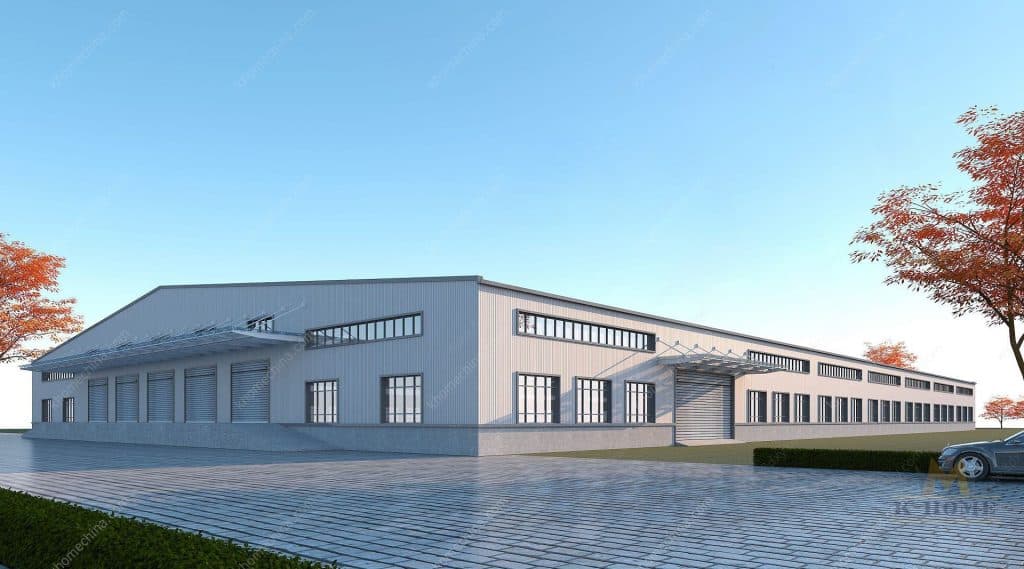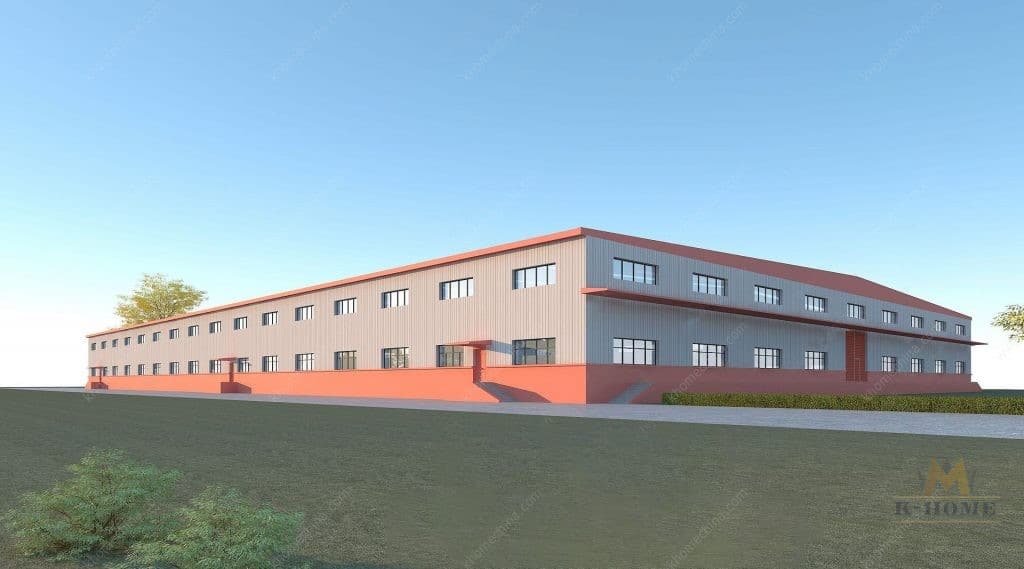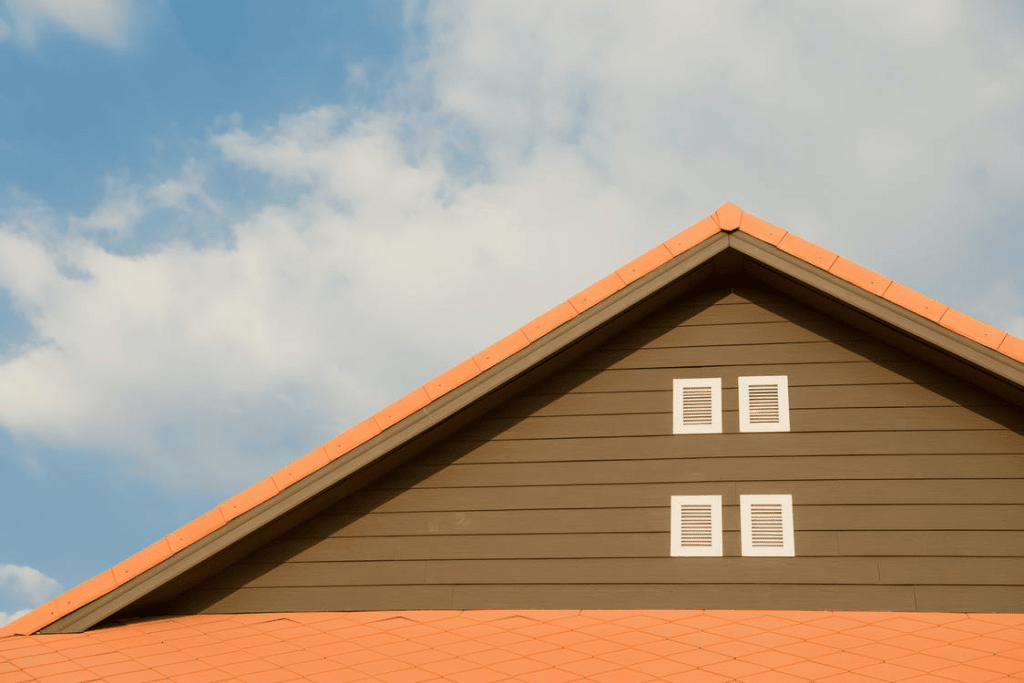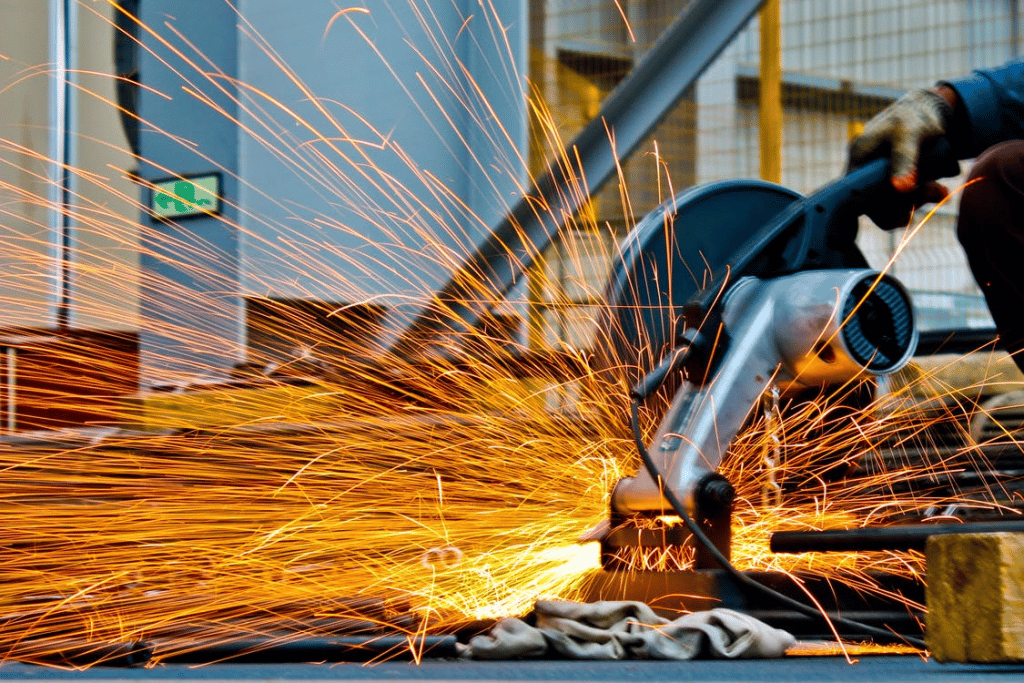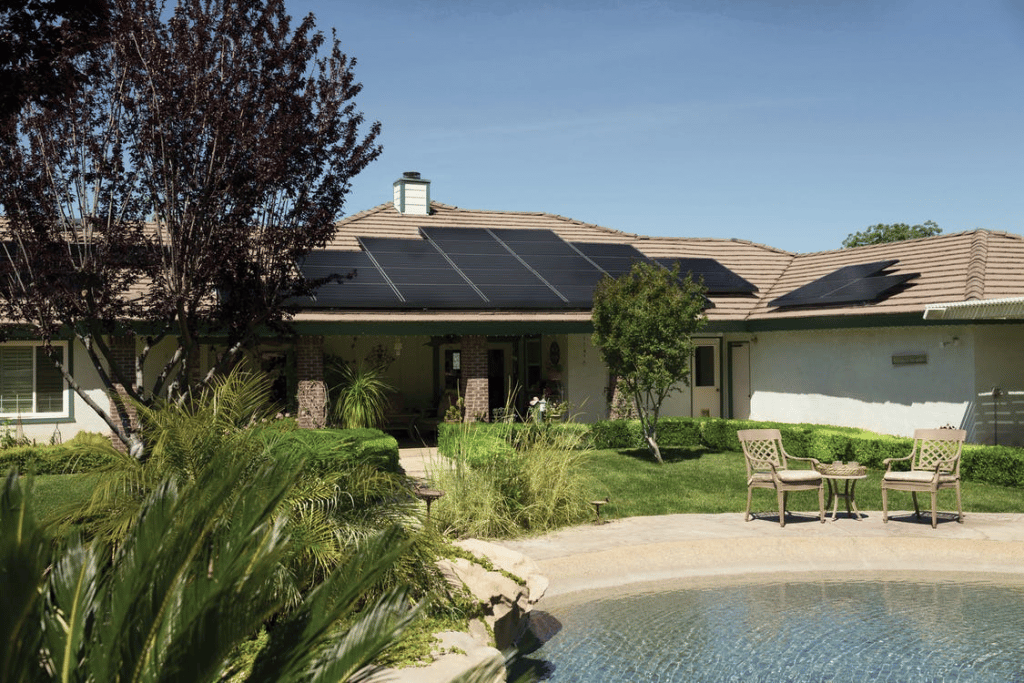Passive is a meager, unassertive, or unplanned word we evade. We think damagingly and react off-color to passive terms and spirits. But, passive doesn’t have to be off beam in every background. Passive is competence without struggle, upshots without dependence on luxurious heating/cooling solutions when it comes to home design. With a passive strategy, a house powers its temperature for a contented living area through its building.
What is passive housing?
The passive house design was instigated in the US and Canada back In the 1970s then made its way to Germany with the establishment of the Passivhaus Institut in the 80s. The PHIUS (Passive House Institute of the United States) has advanced the foundation since founding the first passive structures in North America. Countless are still built nowadays, with passive design more real-world than ever, appreciating better insulation and window technology.
PHIUS summaries the five values of passive homebuilding as:
- Tremendously effectual whole-home insulation and eradicated thermal bridging
- Hermetically sealed seals house-wide, counting those around doors, windows, and outlets
- Energy-efficient doors and windows are located to improve heating in the winter and cooling in the summer
- Heat and moisture retrieval ventilation to control the temperature and castoff mold/fungus
- Negligible use of air conditioning/heat, reliance on the additional four principles
Further Reading(Steel Structure)
Passive homes utilize denser walls, develop seals on doors and windows, and remove thermal bridging. Likewise, they are leaning towards the sun, with windows and doors situated to collect and preserve sunlight for warmth and light—roofs hangover a little additional to cover the house and retain heat. Designs complement the weather, and insulation standards upsurge as temperatures descend.
Benefits of Passive Housing
Passive Homes might have slight alterations to a custom home, but these modifications make a meaningful difference in the space’s energy efficacy and relaxation levels. While there are loads of benefits to think through, the ensuing are some of the most imperative.
Comfort
Comfort is the top concern for owners. These homes propose a sophisticated standard of comfort throughout the hot and cold seasons of the year. As a result, comfort can be kept as extraordinary as conceivable while also keeping construction charges economical.
Quality
Quality is kept to the premier standards with a sealed design and more excellent insulation. There’s correspondingly the thermal bridge-free scheme, which eradicates any loose ends in the building. And the feared cold spots that structures suffer from. In addition, extreme heat loss, principally in the junctions of buildings, is eradicated.
Owing to the exceptional quality of the homes, moisture accumulation in the house is kept to the least. Niftier design concepts and a sealed design can keep your home energy effective and still profit from the numerous profits of a contemporary space.
99% of the identical resources used in an ancestral home are utilized in a Passive Home. If you want to shape a home that meets all of these design ideologies, it needs to happen in the design stage for the house to be Passive truthfully. Many trivial nips need to be made, but it’s a design concept that correspondingly can be utilized in metal buildings.
Sustainability
Ecological friendliness and sustainability are major selling points that manufacturers will declare when selling a home. Saving on energy charges saves people money nowadays and in the forthcoming. Primary energy is kept to the least possible, permitting a more environmental and sustainable structure.
Extra energy usage necessary to make the Passive Home as effectual as it is will be recovered with imminent energy savings. It’s significant whether you’re having a stick-built prepared or you plan on having a metal building created. Thus, engineers and manufacturers trail the critical design philosophies.
Affordability
Passive Homes are astonishingly appropriate right from the beginning. Even though the Passive House Standard necessitates more outstanding quality building constituents, these higher costs are partly counterbalanced by the dismissal of expensive heating and cooling systems.
Voluminous countries propose extra financial support for Passive Homes, making them even more manageable. Apart from that, Passive Homes do use your budget a tad more, but it’s not nearly as much of a surprise as you might consider. For example, constructing a Passive Home in Germany might cost 3-8% extra. Nonetheless, the costs might be more remarkable in countries where appropriate building resources aren’t readily obtainable. On the other hand, Passive Homes can save nearly $1,400 annually in the long run.
Learn More About Influences the Price/Cost of Steel Building
Versatility
Any new construction can be turned into a Passive Home. Any designer can syndicate individual principles to make a home that sustains the Passive House Standard.
The standard can likewise be utilized for non-residential buildings, counting schools and managerial facilities. By building to Passive House standards, community buildings can save money in the long run.
What is the link between metal roofing and passive design?
Metal roofing is the best combination for passive design!
- It outshines managing heat, superior to any additional option. In addition, with reflective coatings, metal roofing drops inner temperatures, making the design more operative.
- Both last with negligible upkeep.
- It simplifies solar panel connection better than any additional roofing material.
- Metal roofing reduces conduction, convection, and heat transfer radiation while wanting diminutive to no work after putting it in place. With non-destructive mounting choices accessible for solar panels and an augmented lifetime, metal is the finest choice for passive design.
Passive design changes incessantly with the acceptance of greener building programs and optimistic attitudes concerning green construction. While it isn’t superlative for each and every project, it brings quantifiable remunerations and might become ordinary with forthcoming progressions. All homes profit from its concepts; augmented quality of insulation, seals to minimalize heat loss, and decreased likelihood for mold/mildew development.
Metal roofing carries on to be the finest choice for energy competence, heat managing, and abridged thermal bridging. Though passive houses are a niche, we can assimilate similar design principles into commonplace homes and buildings. And as passive house design advances, metal roofing will be the paramount partner throughout life.
Further Reading: Steel Structure Installation & Design
Contact Us >>
Have questions or need help? Before we start, you should know that almost all prefab steel buildings are customized.
Our engineering team will design it according to local wind speed, rain load, length*width*height, and other additional options. Or, we could follow your drawings. Please tell me your requirement, and we will do the rest!
Use the form to reach out and we will be in touch with you as quickly as possible.
About Author: K-HOME
K-home Steel Structure Co., Ltd covers an area of 120,000 square meters. We are engaged in the design, project budget, fabrication, and installation of PEB steel structures and sandwich panels with second-grade general contracting qualifications. Our products cover light steel structures, PEB buildings, low-cost prefab houses, container houses, C/Z steel, various models of color steel plate, PU sandwich panels, eps sandwich panels, rock wool sandwich panels, cold room panels, purification plates, and other construction materials.


